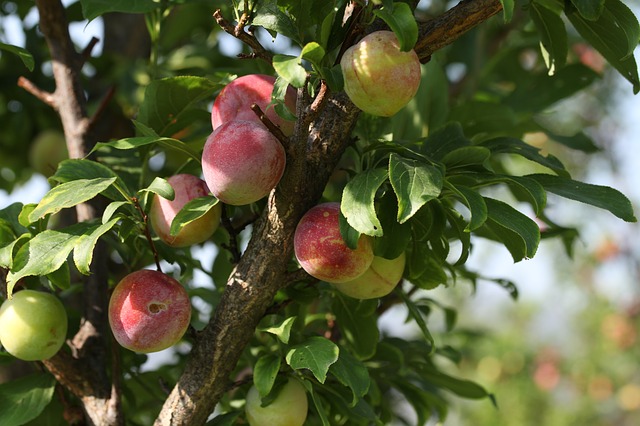
Growing organic vegetables and fruits is both healthy and delicious and much better than produce you can get at the supermarket. As an alternative to store-bought fruits and veggies, have you every considered growing your own organically? Keep reading to learn how you can grow an organic garden, right in your home.
If you are growing your organic plants inside of your home or office, it is vital to make sure that the right amount of light reaches them. If your home does not let in sufficient light, then consider getting plants that thrive in low-light situations. If you do and this does not help, consider investing in some grow-lights.
Put an organic material, such as mulch two or three inches deep, in your flower beds. Mulching helps to hold moisture in the soil, enhance the soil quality, and slow down the growth of weeds. What’s more, your garden will look professional all year.
Learn to work efficiently. Do not spend half an hour looking everywhere for a tool. Organize the tools you will need before you head to the garden, and put every item away when you finish your work. Even something like a carpenter’s tool belt or some cargo jeans work well to keep tools organized.
Coffee Grounds
Put coffee grounds in your soil. They contain nitrogenous nutrients which are essential to plant growth. Using coffee grounds or any other source of nitrogen contributes to the growth of taller, fuller blooms.
Include both green and dry plant refuse in your compost. Add grass clippings, waste from fruits and vegetables, leaves, and weeds for the green materials in your compost pile. Dried materials are things like hay, wood shavings, cardboard and paper. Your compost pile should never contain meat, ashes or charcoal.
Do you want to kill weeds without using commercial chemicals? Use several layers of newspapers for weed control. Weeds can’t grow without sunlight. If you place sheets of newspaper over the weeds, they will die due to a lack of sunlight. Newsprint also breaks down well, incorporating itself into the compost. Try adding some mulch on top of it to make appear more attractive.
Create a raised bed for your garden out of stone, bricks or untreated wood. If you choose to use wood, make sure it is naturally rot resistant and untreated. The best varieties include cedar, locust and cypress wood. In a vegetable garden, never use treated wood, as the chemicals can leach out into the soil and food crops. You may have previously used treated lumber; if so, you should use a plastic liner to cover it.
Take the season and weather conditions into account when determining how much water to give your plants. You should consider water quality and soil type when watering your plants. Try to water your plants at the same time every day, as time of day also affects how much water they need. As an example, do not water your plant’s leaves if you live in a humid climate since this will most likely result in leaf fungus. Instead, the roots should be thoroughly watered.
Use mulch to enhance the health of your soil. The soil can be greatly enhanced by adding a good layer of mulch to it. It protects the plant roots, keeping the ground cool on a hot summer day. Additionally, moisture will not evaporate from the ground so quick when mulch is applied. It will also keep weeds under control.
Stop purchasing pesticide sprayed, genetically modified produce. By following the advice in this article, you will soon be growing your own healthy veggies and fruits!
SHARE IT SO OTHERS CAN FIND THE BEST GARDENING INFO



